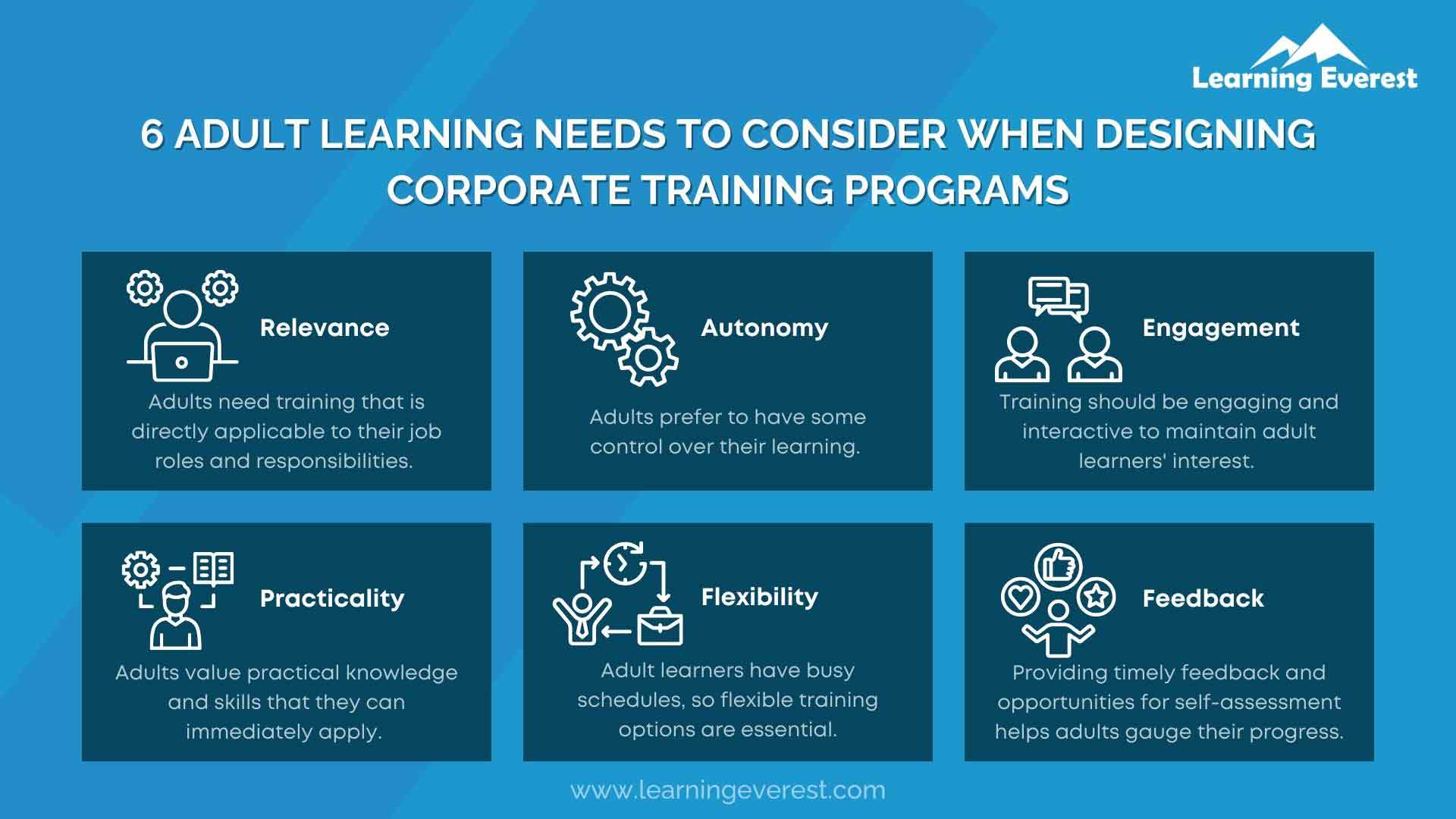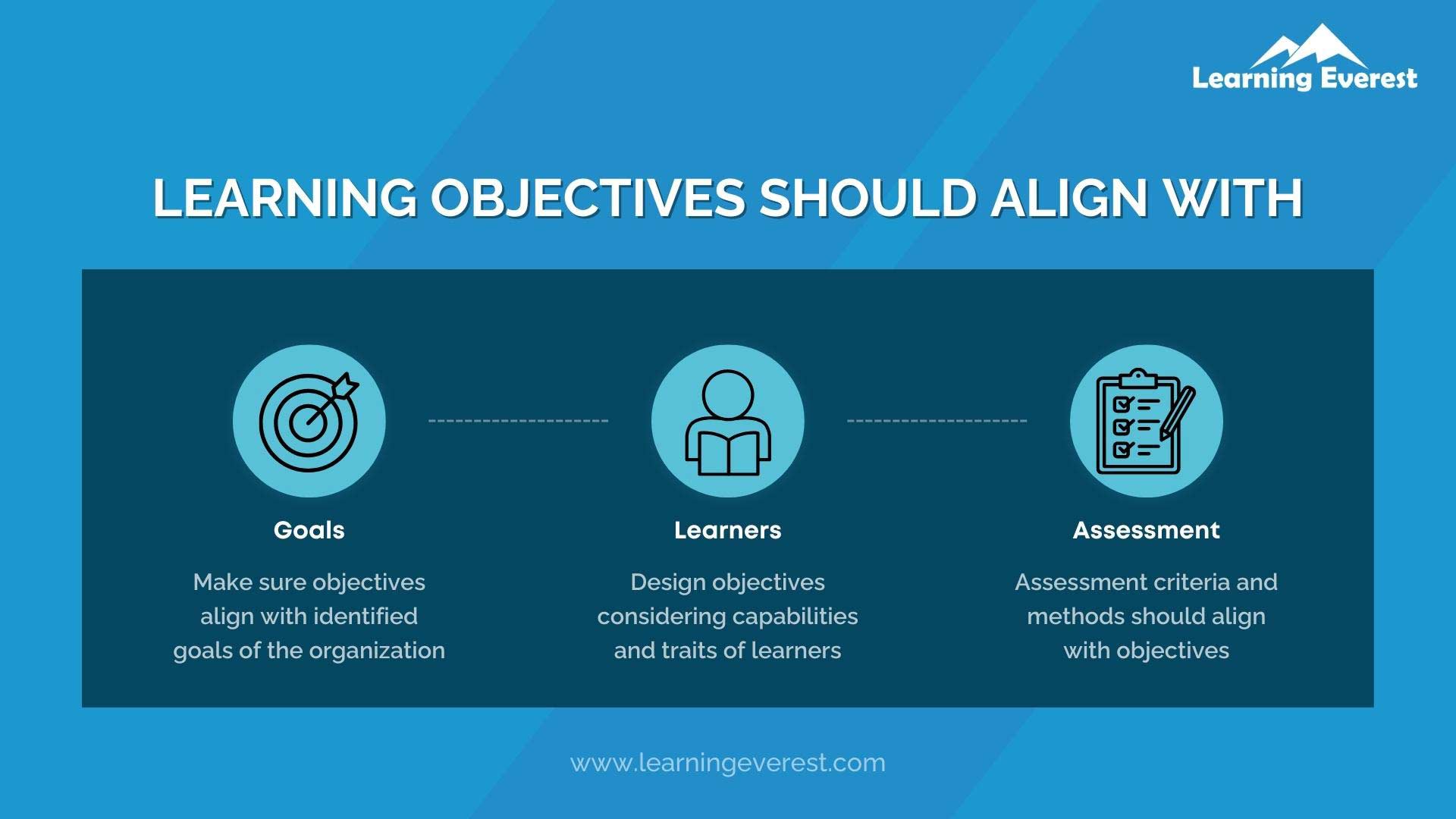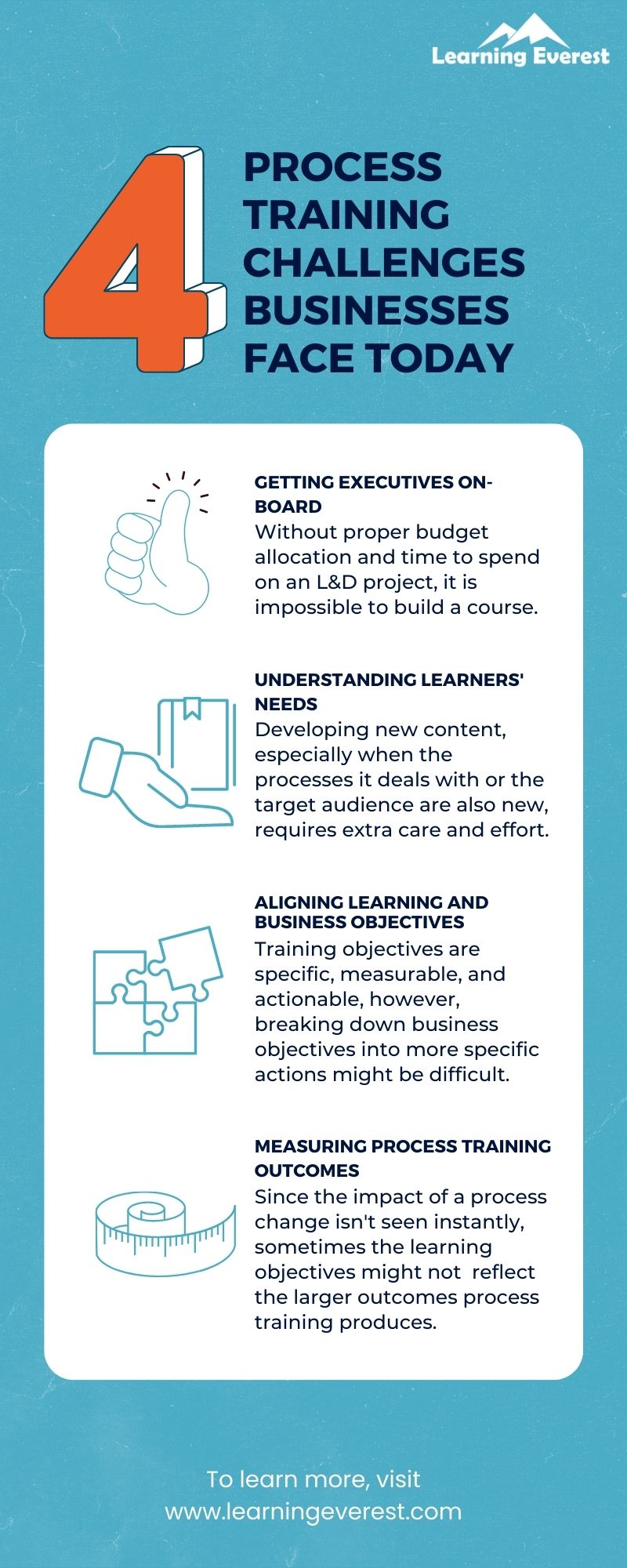Training employees to carry out business processes leads to business success, but where there is process training, there are also process training challenges. Everything from building effective process training programs to getting learners to earnestly participate in them poses some potential barriers that might need to be tackled. This article will explore 4 of these barriers.
Table of Contents
Process Training Challenge No. 1: Getting Executives On-Board
Like most L&D endeavors, getting approval from the higher-ups is often the first process training challenge businesses will face.
Without proper budget allocation and time to spend on an L&D project, it is impossible to build a course.
Thus, getting the green light from executives for all process training activities is a necessary step. Some tips to tackle this challenge are:
- Highlight why process training is needed by showing rigorous TNA results and connecting process training to business goals and profits. Since businesses simply cannot sustain themselves without business processes, this approach has the highest persuasive potential
- Offer cost-effective process training solutions such as e-learning programs with reused assets, reused training material from existing programs, outsourced rapid development, etc.

Process Training Challenge – Getting Executives On-Board
Process Training Challenge No. 2: Understanding Learners’ Needs
There could be countless reasons behind having to develop process training programs, the most obvious being a business’ functioning. However, if your firm has been around for a while, shifts in the market landscape, technology, and workforce are also factors that will spark the need for process training.
Under these circumstances, understanding learners’ needs accurately becomes a significant process training challenge. Developing new content, especially when the processes it deals with or the target audience are also new, requires extra care and effort.
In these cases, you can consider following options:
- Structure your training development process around a learning model such as ADDIE
- Ask learners questions, survey them, open up suggestion boxes and forums, etc. to understand what they feel they are currently lacking in the business’ process training programs
- Hire an external expert for a fresh perspective such as an e-learning consultant who can give you an outsider’s insight into potential training blind spots
- Update process training content to meet current industry standards and conventions
- Automate business processes that can be automated

Process Training Challenge – Understanding Learners’ Needs
Process Training Challenge No. 3: Aligning Learning Objectives with Business Objectives
Sometimes, connecting business objectives with training objectives can become a tricky task. Training objectives should be specific, measurable, and actionable, however, breaking down business objectives into more specific actions might prove to be a hurdle.
Nonetheless, in order to develop effective process training programs, identifying the specific steps, tasks, and duties a specific process entails is vital.
Once again, TNA, structures instructional design models, and the help of experts can be useful solutions to this particular process training challenge.

Process Training Challenge – Aligning Learning Objectives with Business Objectives
Process Training Challenge No. 4: Measuring Process Training Outcomes
This particular challenge is somewhat related to the previous one. Given how the impact of a process change or improvement is not seen instantly, sometimes the learning objectives might not be able to reflect the larger outcomes process training produces.
There is no shortcut to this, really, since it takes time for results to materialize. However, businesses can ensure that these results are properly tracked and analyzed once they do start to happen.

Process Training Challenge – Measuring Process Training Outcomes
One of the most popular ways to measure corporate training outcomes is the Kirkpatrick Training Evaluation Model. This model assesses training at 4 different levels over time to gauge how it fared.
- The first level is reaction. Here, the learners’ feedback regarding the training program is gathered to see whether it suited their needs, requirements, and preferences or not.
- The second level is learning. Here, the learners are first assessed with a pre-test to document their knowledge and skills before training. After the training has finished, learners get a post-test to measure their present knowledge and skills. By doing so, the organization gets a concrete picture of where learners started and whether they moved in the desired direction after the training.
- The third level is behavior. This stage includes managers, supervisors, and learning officers in the evaluation process and gauges their opinion of whether changes in learners’ job performance and behaviors have taken place.
- The last level is results. Here, it is assessed whether the training outcomes helped meet business goals.
By following the Kirkpatrick model or other models that serve a similar, the process training challenge of measuring outcomes is successfully tackled. Furthermore, the data gained in this way also helps businesses improve their future training programs and identify any caveats in business processes that need to be fixed.
Infographics

Process Training Challenge – 4 Challenges that Businesses Face Today Infographics
Conclusion
Developing effective process training programs is a multifaceted procedure but an essential one. Without robust business processes, companies fail to stay afloat in their respective industry niches. To ensure that such an outcome does not occur, L&D departments have to tackle process training challenges such as executive buy-in and complex objectives, among other things. E-learning solutions, as well as training models can help alleviate some of these obstacles.
To learn more about how eLearning can help you to improve your process training, contact us today.
Frequently Asked Questions (FAQs)
What is a process of training?
Process training is a type of organizational learning activity that teaches employees how to carry out job-specific tasks efficiently. It is an essential training area for all businesses as it ensures the smooth functioning of the workplace.
Why is process training important?
Process training is important for a number of reasons, including:
- It ensures that employees have the skills and knowledge they need to perform their jobs effectively and efficiently.
- It helps to improve the quality of products and services.
- It helps to create a safe working environment for employees.
- It helps businesses to comply with external regulatory standards.
How do you give process training?
There are a number of different ways to give process training, including:
- On-the-job training: This involves training employees on the job, under the supervision of a more experienced employee.
- Instructor-led training: This involves delivering training in a classroom setting, led by a qualified instructor.
- E-learning: This involves delivering training electronically, through a learning management system (LMS).
The best method for delivering process training will vary depending on the specific training needs of the organization and its employees.





